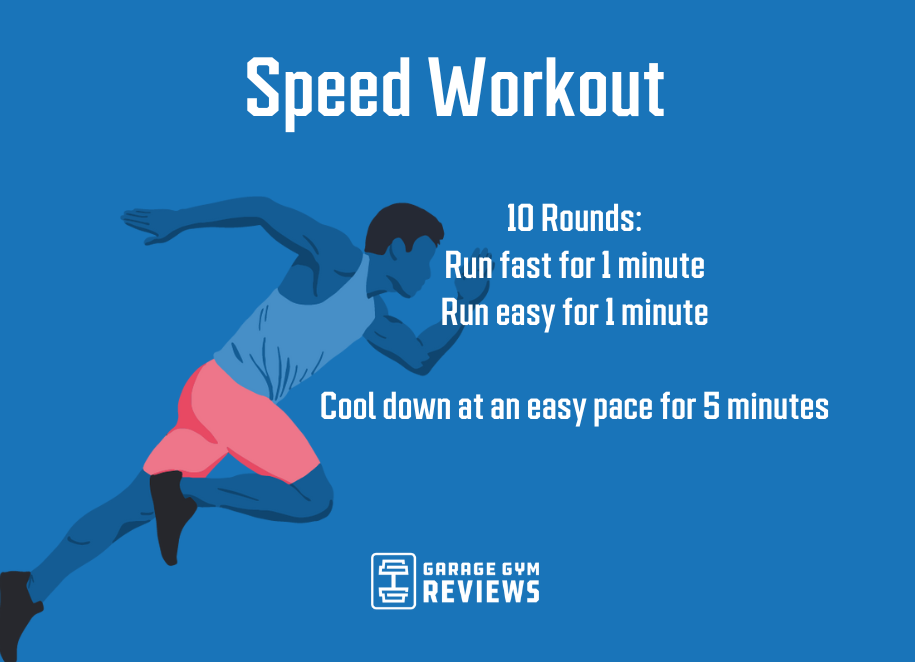Running Workout Tips: Boost Your Efficiency Today
Running Workout Tips: Boost Your Efficiency Today
Blog Article
Taking Care Of Common Running Pains: Causes, Solutions, and Prevention
As runners, we frequently run into different pains that can hinder our efficiency and enjoyment of this physical activity. By checking out the origin factors for these operating discomforts, we can reveal targeted options and preventive procedures to make certain a smoother and more satisfying running experience.
Common Running Discomfort: Shin Splints
Shin splints, a common running discomfort, often arise from overuse or incorrect shoes throughout exercise. This condition, clinically called medial tibial tension syndrome, shows up as discomfort along the internal edge of the shinbone (tibia) and is prevalent amongst athletes and joggers. The repetitive anxiety on the shinbone and the tissues connecting the muscular tissues to the bone leads to inflammation and discomfort. Runners who quickly enhance the strength or duration of their exercises, or those who have flat feet or inappropriate running strategies, are specifically susceptible to shin splints.
To protect against shin splints, people should progressively raise the strength of their exercises, wear proper footwear with proper arch assistance, and maintain adaptability and toughness in the muscle mass surrounding the shin (running workout). Furthermore, incorporating low-impact tasks like swimming or cycling can help preserve cardio fitness while permitting the shins to recover.
Usual Running Discomfort: IT Band Disorder
In enhancement to shin splints, one more widespread running pain that athletes frequently encounter is IT Band Syndrome, a condition brought on by inflammation of the iliotibial band that leaves the outer upper leg and knee. IT Band Syndrome generally shows up as pain outside of the knee, especially during activities like running or biking. The iliotibial band is a thick band of fascia that links the aware of the shin, and when it becomes irritated or limited, it can scrub versus the upper leg bone, causing pain and discomfort.
Joggers experiencing IT Band Syndrome might discover a stinging or hurting sensation on the external knee, which can get worse with ongoing activity. Factors such as overuse, muscle mass imbalances, improper running kind, or insufficient workout can contribute to the growth of this condition.
Usual Running Pain: Plantar Fasciitis

Plantar Fasciitis can be credited to various elements such as overtraining, improper footwear, running on tough surfaces, or having high arches or level feet. To avoid and minimize Plantar Fasciitis, runners can include stretching workouts for the calf bones and plantar fascia, wear supportive footwear, maintain a healthy weight to decrease stress on the feet, and progressively enhance running intensity to prevent unexpected tension on the plantar fascia. If signs persist, it is recommended to seek advice from a health care expert for correct medical diagnosis and treatment options to address the problem properly.
Usual Running Pain: Runner's Knee
After attending to the obstacles of Plantar Fasciitis, another prevalent problem that joggers usually face is Runner's Knee, a common running pain that can impede sports efficiency and cause discomfort during physical activity. Runner's Knee, likewise understood as patellofemoral discomfort syndrome, manifests as discomfort around or behind the kneecap. Runners experiencing this discomfort might really feel a plain, hurting pain while running, going up or down stairs, or after extended durations of resting.
Typical Running Discomfort: Achilles Tendonitis
Frequently afflicting joggers, Achilles Tendonitis is an agonizing problem that impacts the Achilles tendon, triggering discomfort and potential limitations in physical activity. The Achilles tendon is a thick band of tissue that links the calf muscles to the heel bone, essential for activities like running, jumping, and strolling - original site. Achilles Tendonitis frequently establishes because of overuse, incorrect footwear, inadequate extending, or abrupt boosts in physical activity
Signs And Symptoms of Achilles Tendonitis include discomfort and rigidity along the ligament, particularly in the morning or after durations of lack of exercise, swelling that aggravates with activity, and perhaps bone stimulates in persistent situations. To stop Achilles Tendonitis, it is important to extend appropriately previously and after running, wear ideal footwear with proper assistance, slowly raise the strength of exercise, and cross-train to reduce recurring tension on the ligament. Therapy may include rest, ice, compression, altitude (RICE protocol), physical treatment, orthotics, and in serious instances, surgical treatment. Early intervention and appropriate treatment are vital for managing Achilles Tendonitis effectively and protecting against long-lasting complications.
Verdict

Report this page